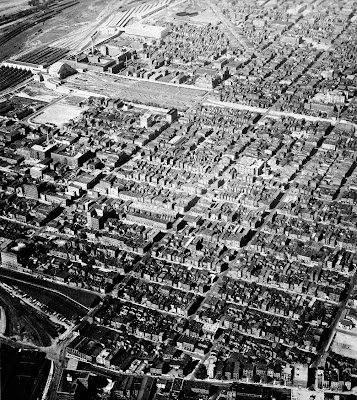I think that this might become a regular feature that will be some fun for everyone!
We all have heard of the dreaded NIMBYs before…and if you haven’t then here is a quick summary to catch you up. NIMBY stands for Not In My BackYard; and it is representative of those individuals that oppose things from happening or have distaste for things that are happening near their sacred property.
Now there is nothing wrong with wanting to protect your property’s value, but NIMBYs usually take it a bit to far. So without further ado here is the first NIMBY tip, that will hopefully save these individuals a lot of heartburn in the future.
Tip #1:
When house-hunting avoid locations near highways or other heavily traveled thoroughfares. It is most likely that these routes will not only remain heavily traveled, but actually become more crowded with traffic. All this traffic tends to make some noise…so if you buy a home a stones throw away from I-275, for instance, you should probably expect some noise issues.
Please note that this interstate was here before you purchased your house, therefore you really don’t have any room to complain about the negative attributes the interstate carries along with its vehicles. I’m sorry, but no sound walls for you…and in all honesty if your home builder decided to clear cut the site of all its trees, then you should be the one responsible for the screening/buffers that you so desire.
It’s not everyone else’s fault that you bought a bad product just because it was located on a cul-de-sac. Dry those tears, because you bought that house and the backyard (I-275) that came with it.
**Please note that the house, in the above image, was built in 2001…I-275 began construction in 1958 and was fully completed by 1979. I would say that roughly 20 years is enough time to scout out a better home location.



